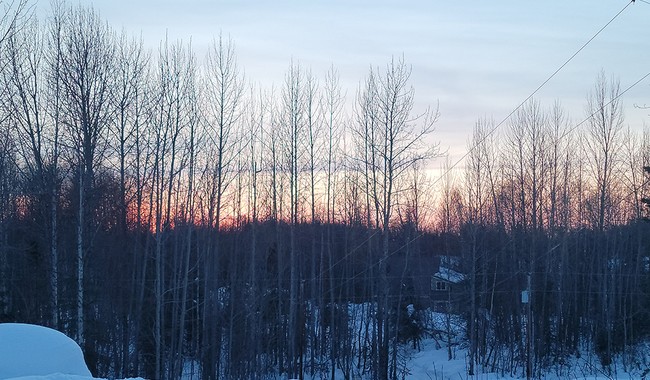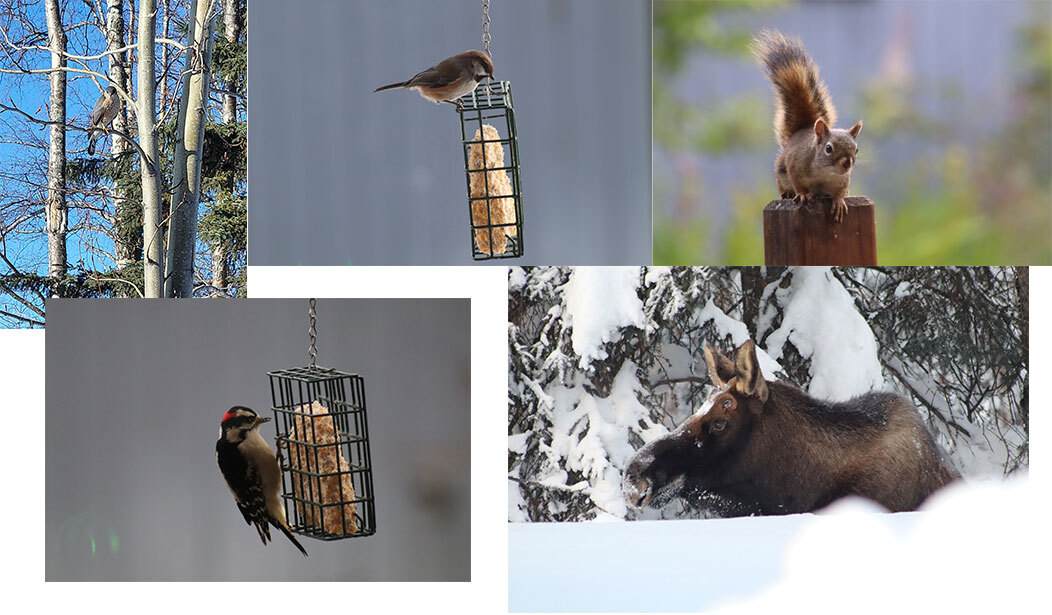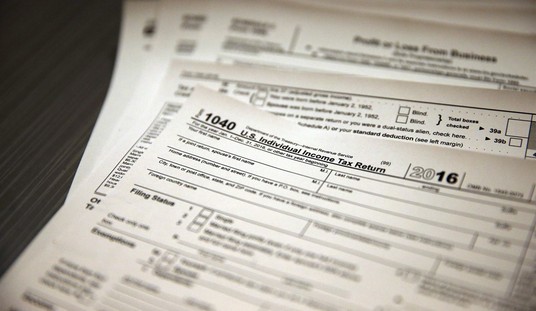We spend too much time, I think, looking through the world with a linear viewpoint.
This is understandable. I do it myself. In the line of work I'm in, it's inescapable. A story comes up, we read it, report on it, opine about it, and another replaces it in the flow the next hour, or the next day. And in our personal lives, we do this as well; we buy a truck, drive it until the wheels come off, then buy another. A child is born, a child grows up.
But when we step outside, all of that changes.
Today is the winter solstice. Here in Alaska, that means that the cold, dark part of the year has crested, and tomorrow, we start our journey back towards the sun. This morning, the sun rose at 10:14 AM and will set at 3:41 PM, giving us 5 hours and 27 minutes of full daylight. The sun, today, will make a low arc across the southern horizon; at arm's length (for me at least), the sun won't rise beyond three fingers-width above the horizon. We love the winters here, just as we love the entire year, but the winters in Alaska are not for the faint of heart. While this time of year is beautiful, it's cold. We get snowfalls measured in feet, and now and then, a low-pressure system will park itself offshore in the Gulf of Alaska, pulling air from the Arctic Circle down to the Mat-Su and dropping us into a deep freeze for a while. But we go outside, and the snow is this beautiful, pristine white, the air is crisp, clean, and pure.
 The wheel has turned, though, and we're on our way back towards spring. By April, we'll have days nice enough to sit out on the deck in the sunshine of an afternoon with an adult beverage, listening to the wind in the trees and the first spring birds returning. At that time, we'll be gaining an hour of daylight every 10 days, until late June, when we will enjoy 20 hours of full daylight and, even at 2:00 AM, still in twilight. The wheel turns and turns again, and at that point will start the turn back towards another winter.
The wheel has turned, though, and we're on our way back towards spring. By April, we'll have days nice enough to sit out on the deck in the sunshine of an afternoon with an adult beverage, listening to the wind in the trees and the first spring birds returning. At that time, we'll be gaining an hour of daylight every 10 days, until late June, when we will enjoy 20 hours of full daylight and, even at 2:00 AM, still in twilight. The wheel turns and turns again, and at that point will start the turn back towards another winter.
Here in the Valley, our neighbors change through the seasons. Some are year-round residents. Look at the photo at the beginning of this piece, and in the upper-left, you see our resident Cooper's Hawk, who occasionally hangs around our bird feeders, looking to pick up a junco or a chickadee. We don't mind; he has to eat, and it is, after all, a bird feeder. Moving clockwise, we have a Boreal Chickadee, a winter visitor that comes down from the Brooks Range when the snow gets deep and the mercury drops. Then we have a red squirrel, which we see mostly in the summer, as winter pushes them back into heavier timber; then a winter visitor, one of the megafaunal species Alaska is famous for, a moose who spends the snow season at lower altitudes, favoring human-plowed roads and parking areas where moving about is easier. And finally, another year-round resident, a Downy Woodpecker, who comes to the suet and punctuates his visit with sharp calls.
Those, here, are typical of our neighbors, and we're richer for their presence.
Today, we begin our move back to the sun. I'm fond of joking that Alaska has four seasons: June, July, August, and winter. But it's not really like that. By late March, the days will be already much longer and sunny afternoons will be lovely for long walks, even as the snow is still melting. We have many lovely days in September and October, favored days for going out after the late salmon runs or into the woods with a shotgun looking for spruce and ruffed grouse. It's all part of that cycle; the salmon come, they spawn, and they die, but their young go to sea, only to return themselves in time. The moose drop calves in the spring, who grow to have calves of their own, and so on.
It works that way with us, too. Linearly, we can see a baby born, a child grown, educated, married, and on his or her own; but in fact, I can look back to my grandparents, remember them being part of my life, remember all they saw in their years, and one day my grandchildren will think on me the same way. That, too, is a wheel that never stops turning.
Soon, in another such turning, we'll move into a new calendar year. It's fun, by the way, that they are so close together; the solstice marks the end of a natural year, as the calendar marks the end of a human-defined year. 2024 is going to be a big one; it's a presidential election year, and it will be hotly contested, forcing us back into that linear train of thought. But as we move through the trials, tribulations, and frustrations of the news cycle, it's important to step outside now and then, look around, and realize that the rest of the world will spin on. Summer will give way to fall, then winter, then spring, and then summer will come again, as it always does.
Take comfort in that. I do.














